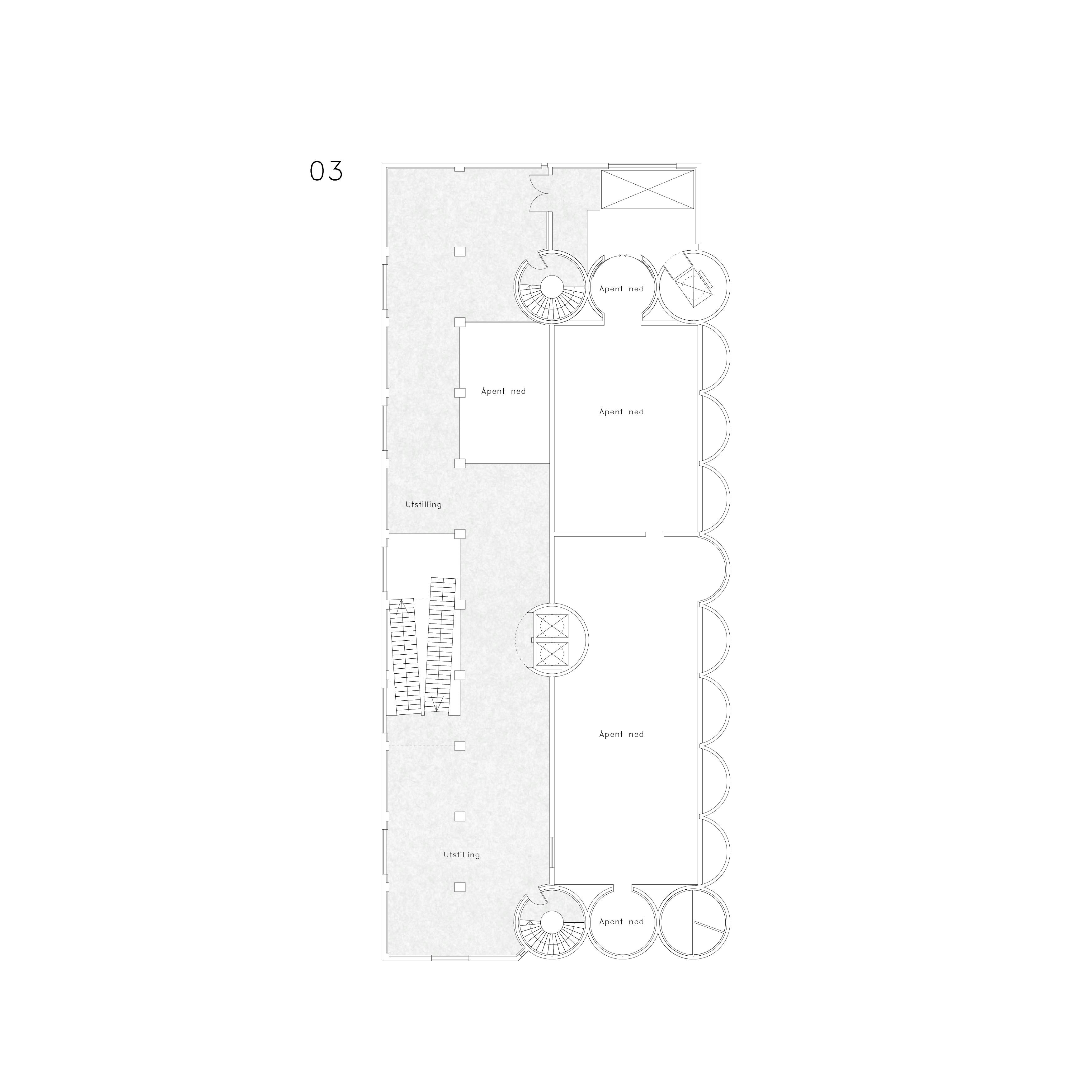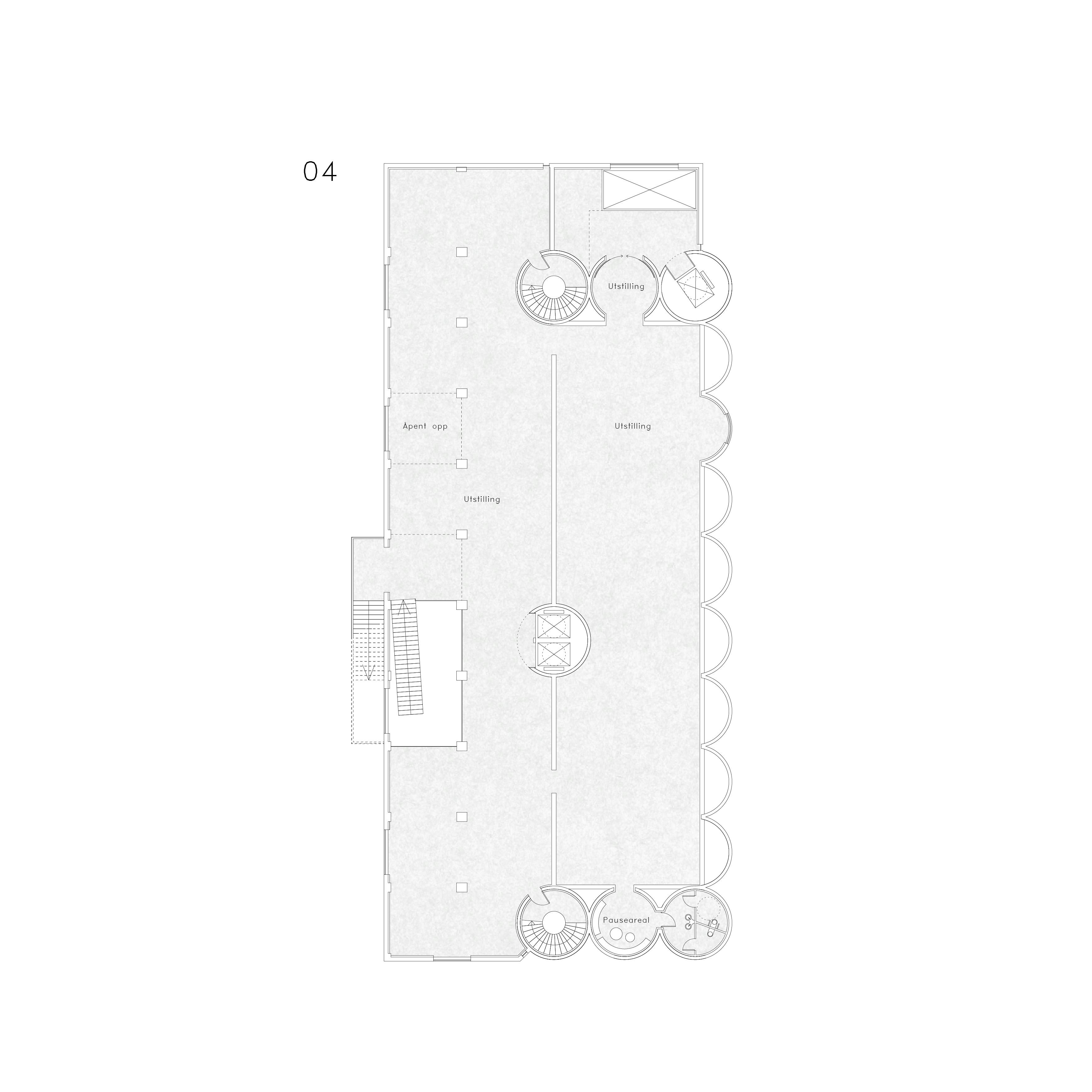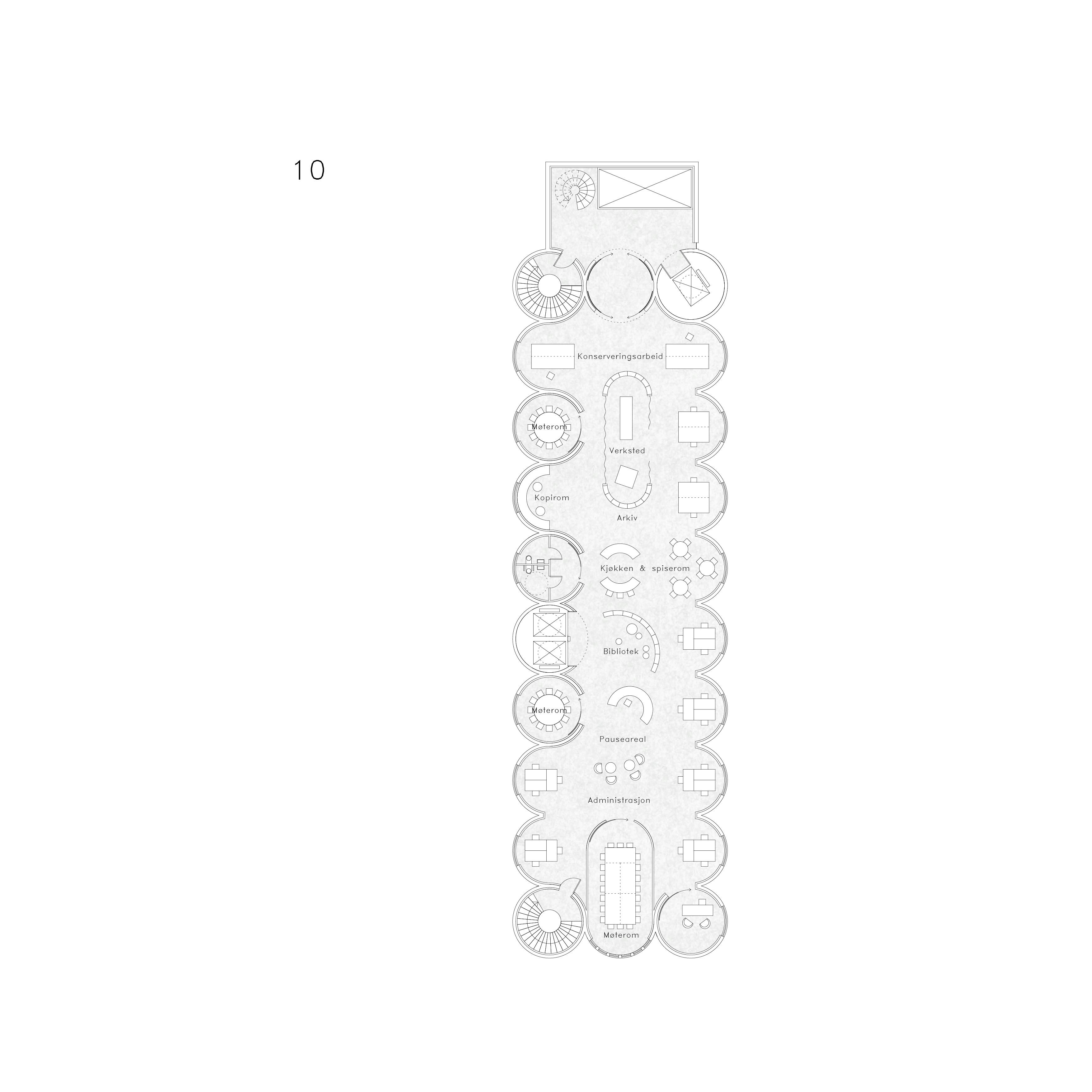Kunstsilo
Kristiansand
With their uncompromising functionalist design, architects Korsmo and Aasland brought the grain silo in Kristiansand into Norway's architecture canon. As a physical framework for the Nicolai Tangen collection and relocation of Sørlandet Art Museum, the iconic building represents an opportunity to create a unique museum building based on a new interpretation of the silo's functionalist principles.

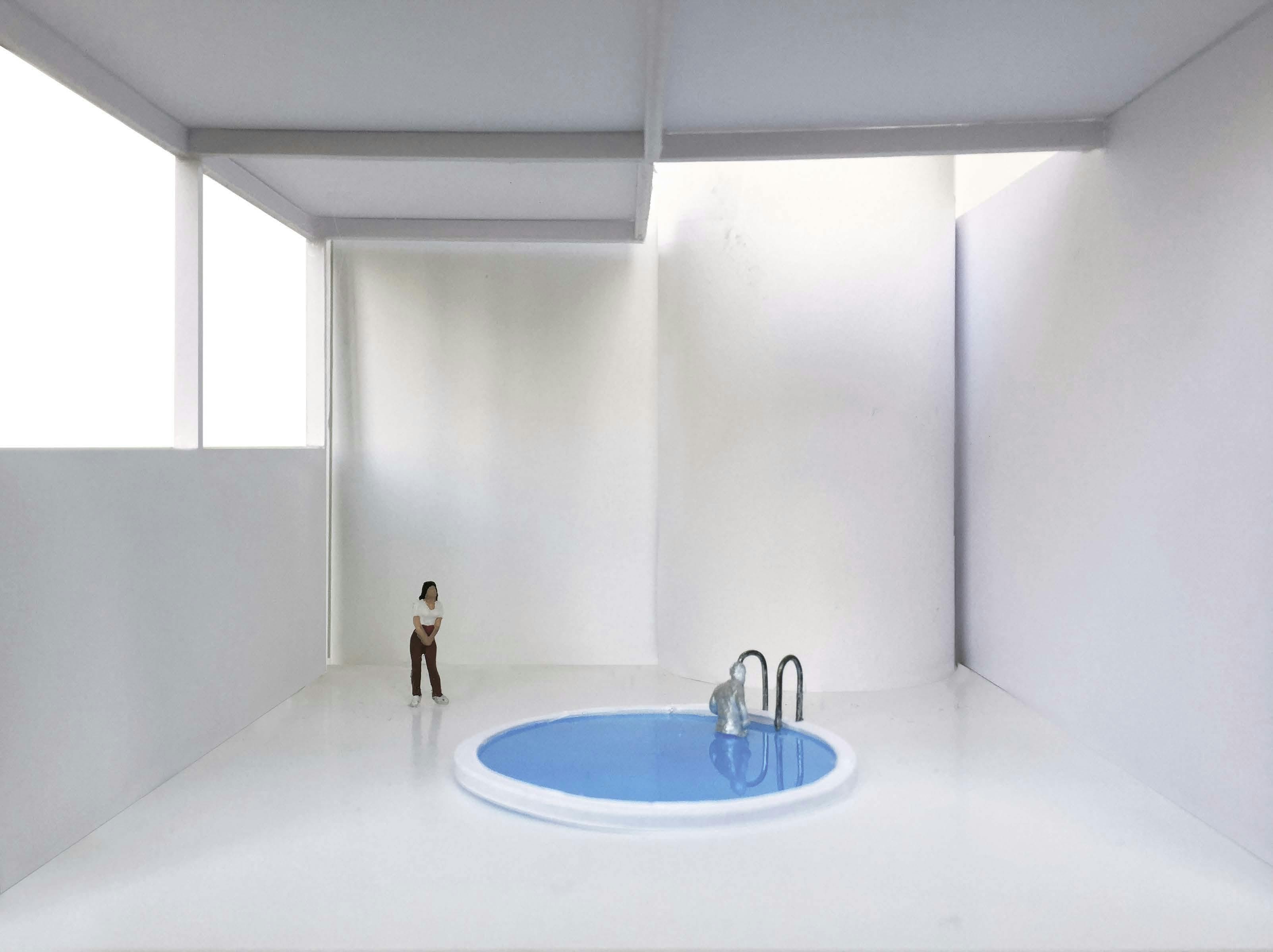
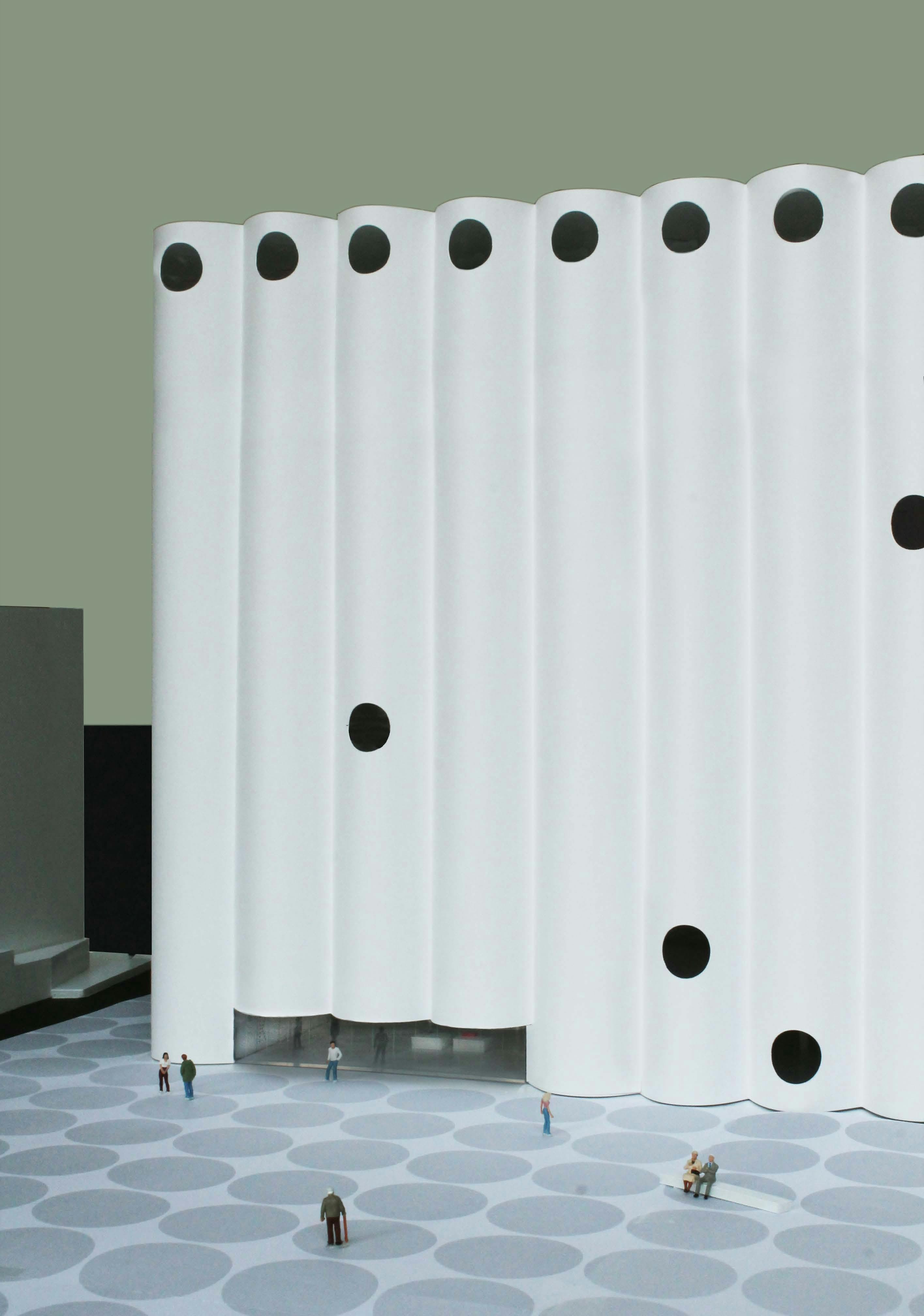
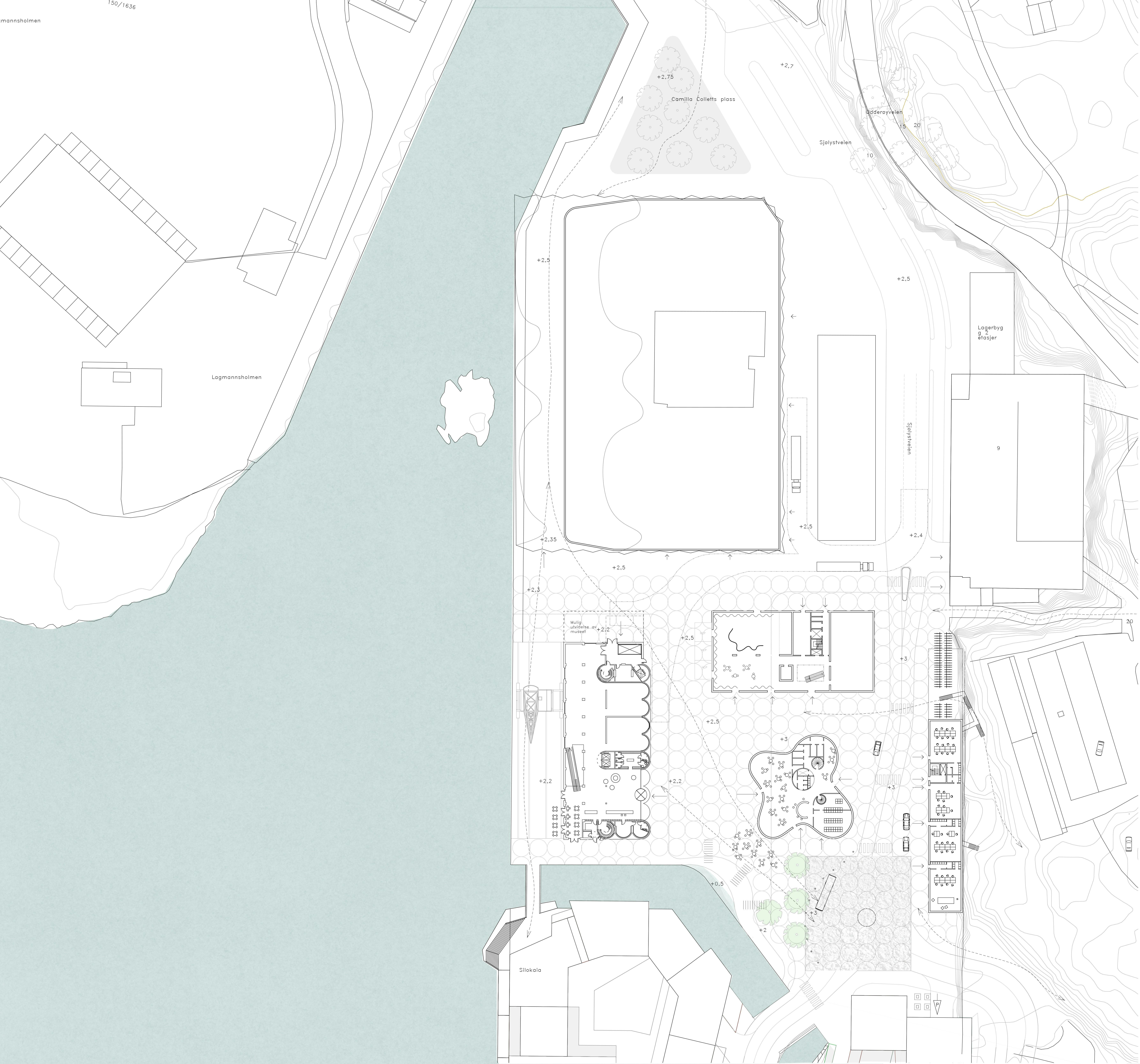
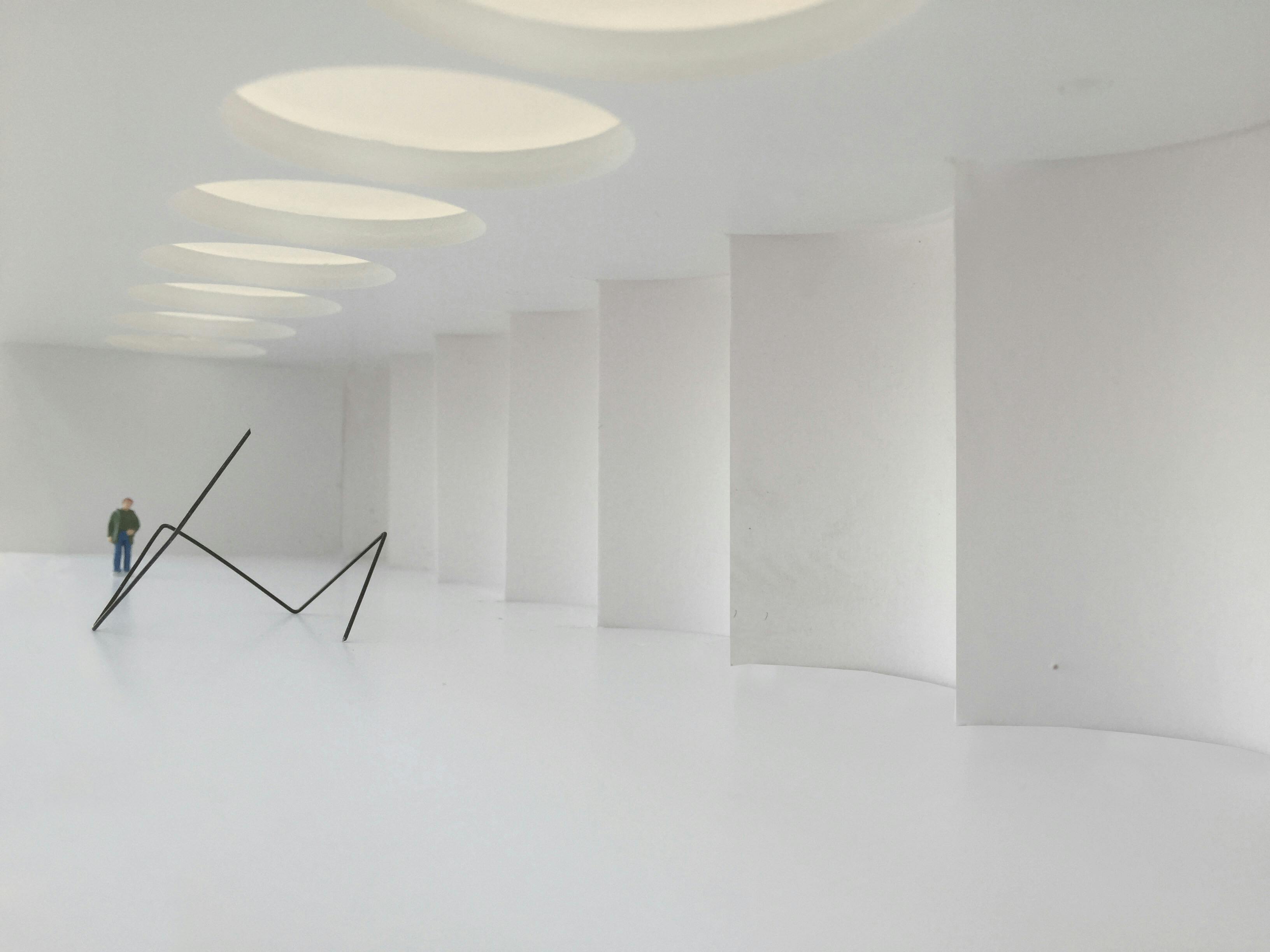
TYPE
Architecture
CLIENT
Sørlandet Kunstmuseum
DATE
2016
STATUS
Proposal, open competition
TEAM
Fredrikke Frølich, Søren Bessesen, Emilie Bergrem, Espen Røyseland, Øystein Rø
An analysis of the existing has shaped the concept for the new museum. The individual components of the silo are given new meaning and function in line with their spatial logic. The hollowed-out silo chambers allow for larger exhibition rooms and magazines. The former storage area provides space for vertical main communication for visitors, as well as double-height and more intimate exhibition rooms. The extension (the only new addition) above the warehouse is the museum's dissemination center. The existing tower building houses a lift for works of art and various service functions. Korsmo and Aasland's silo is a demonstration of the purity and simplicity of functionalism.
The later additions have been removed. Audience functions and gallery rooms are located in the lower part of the facility connected by stairs in the building's facade towards Vesterhavn. The museum contains a range of different rooms for displaying art. From larger halls with more than 6 meters ceiling height for large installations, to chambers or lounges for smaller works. The floor plans are open and have a high degree of flexibility. When installing exhibitions, entire floors can be closed off without affecting the vertical movement. The visitor flow ends in the museum's dissemination center. This is also possible event room with roof terrace. Above the exhibition rooms are the magazines, like a stage tower where art is sent down and up. Administration and management share the top floor. The upper parts are also accessible to the public through specially curated magazine exhibitions or to the library. The centrally located elevator connects all these functions and all the exhibition floors.


